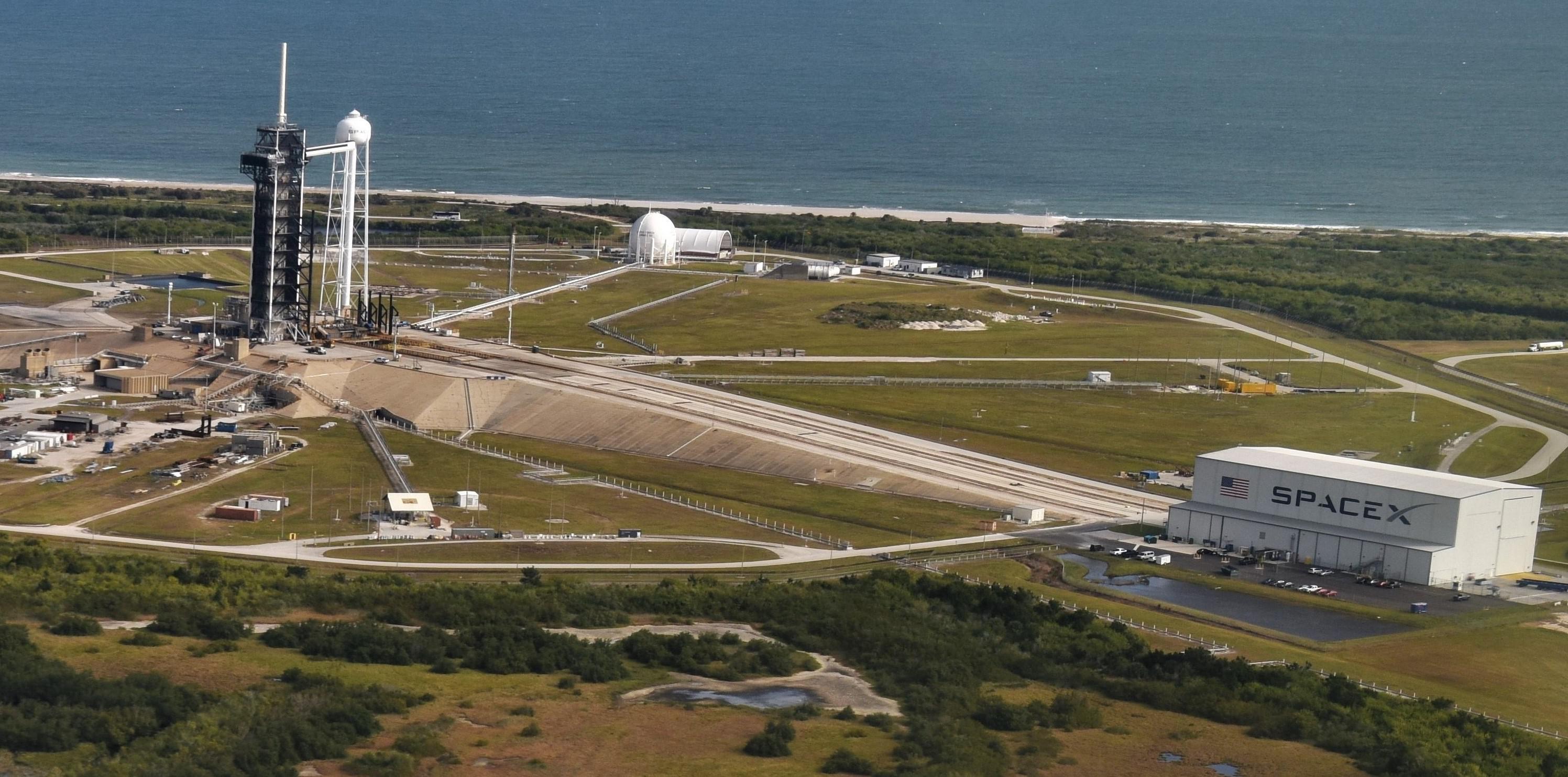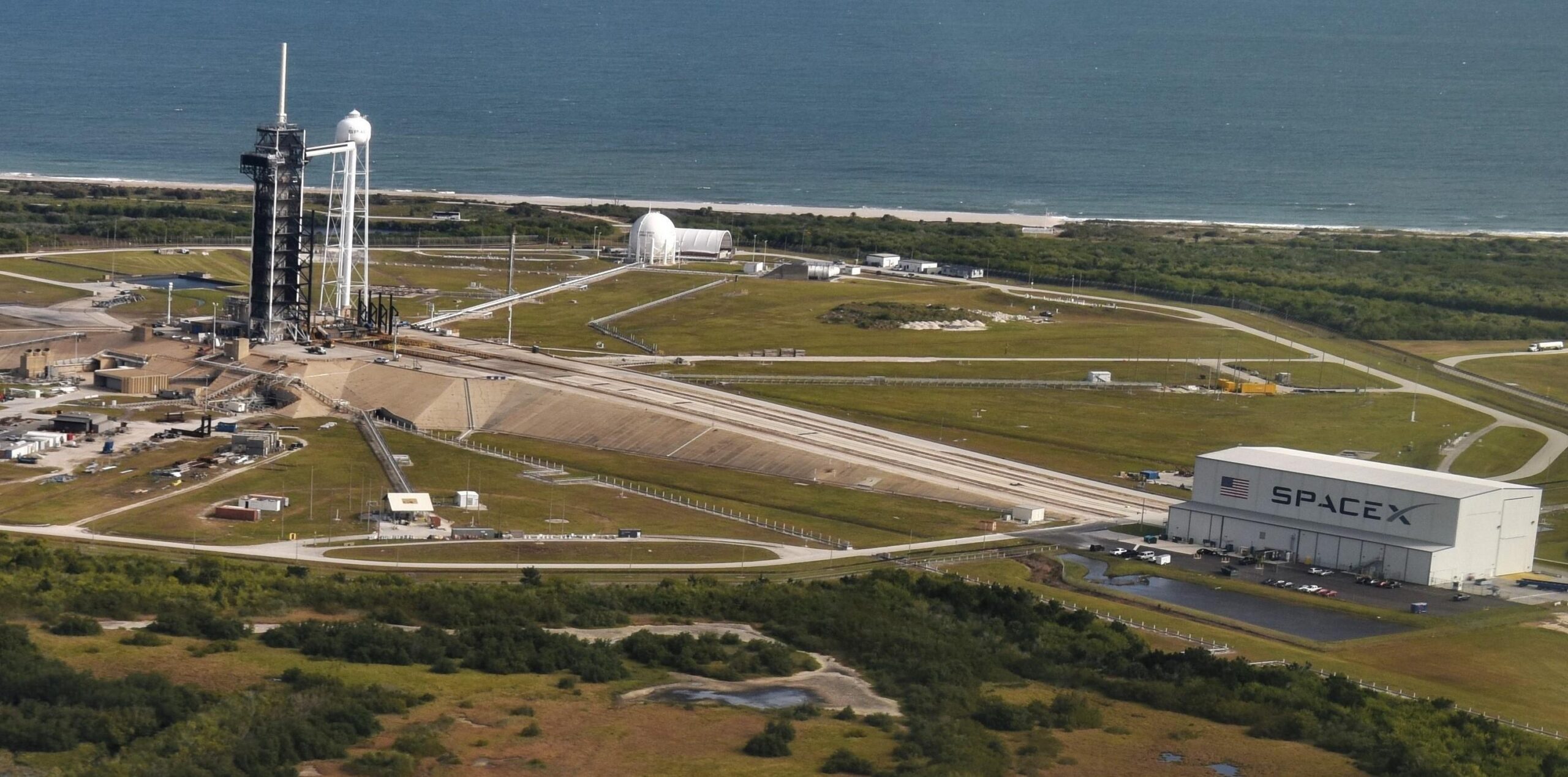
The Launch Complexes & Facilities Helping SpaceX Launch Consistently
Launching a single rocket is quite the feat no matter the agency or company doing it. This process has a lot of time, money, and effort leading up to a single launch. This launch could easily go wrong depending on any of the critical steps along the way. Companies and agencies use a large list of different facilities and launch complexes in order to facilitate the development, construction, assembly, testing, and launching of different rockets.
SpaceX over time has managed to build a large fleet of rockets and necessary infrastructure as well to help keep the company launching rockets consistently. Some of these key facilities include Cape Canaveral Space Force Station, Kennedy Space Center, Headquarters, Rocket Development Facility, and much more. All of which work together in a complex way to keep SpaceX on the path to success.
In addition, when working on rockets, extra attention to detail and safety among other things is necessary through each step of the way. Combine this with the size, cost, and complexity of a rocket, and it presents a daunting challenge. SpaceX however has shown its impressive speed and success with extremely ambitious launch vehicles. They did it with the Falcon 9, Falcon Heavy, and now Starship.
Specific SpaceX Facilities

Cape Canaveral Space Force Station – The first facility that is vital to SpaceX launches is a launch complex. The Cape Canaveral Space Force Station or CCSFS is a launch site located in Florida. This complex was previously used by the US Air Force for Titan III and Titan IV launches, and it has been extensively modified by SpaceX to accommodate the Falcon family of launch vehicles. Located on the east coast of the United States, it supports low to mid-inclination LEO, high-inclination LEO orbits including polar orbits and SSO, GTO and Earth escape orbits. With so many different options when launching into space, different launch complex locations and capabilities can be a key factor for different customers and launch services including SpaceX’s Falcon 9, and Heavy. SpaceX facilities at SLC-40 include a launch vehicle integration hangar, propellant and pressurant storage, supply areas, a launch pad, and lightning towers. A SpaceX administrative facility is located adjacent to the launch complex. Each of these buildings and components has a specific purpose, focused around preparing and protecting the launch vehicle on the pad. In addition, located around the site are a vehicle integration hanger, hanger annex, launch pad, and pad customer room. These are just some of the major parts working together to facilitate consistent launches of the Falcon family.
Kennedy Space Center – Next up is another very important launch complex that has a rich history within the space industry. In April 2014, SpaceX signed a 20-year lease with NASA for use of historic Launch Complex 39A (LC-39A) at John F. Kennedy Space Center. This site is located on Merritt Island off the central Florida coast. NASA constructed LC-39A in the early 1960s to conduct missions under the legendary Apollo program and, later, with the space shuttle. After facility upgrades in 2016, SpaceX completed its first LC-39A launch on February 19, 2017, with the Falcon 9 transport of CRS-10, as part of an ISS commercial resupply mission. SpaceX has continued the pad’s legacy, launching Falcon 9 from LC-39A twelve times in 2017 alone and Falcon Heavy in February 2018 for its demonstration mission.
LC-39A includes an existing launch pad. The site’s design mirrors the facilities and operations at SpaceX’s other launch pads and leverages lessons learned. Located 8 miles from the main KSC gate, the launch complex at LC-39A is the largest location that SpaceX has activated for launch operations since the company’s inception in 2002. The LC-39A hangar has been designed to receive, integrate and roll out Falcon 9 and Falcon Heavy launch vehicles. With 55,000 sq ft of floor space and 34,000 sq ft of high bay, the hangar contains 90-ton, 50-ton, and 30-ton bridge cranes. In addition, there are integration rails, electrical support equipment, and GN2, GHe, and other supplies for performing launch vehicle processing and integration with the encapsulated payload.
Vandenberg Space Force Base – Another important complex that helps diversify SpaceX’s options and possibilities is an additional launch site. SpaceX operates a Falcon launch site at Space Launch Complex 4 East (SLC-4E) at Vandenberg Space Force Base (VSFB), California. SLC-4E was also previously used by the US Air Force for Titan III and Titan IV launches, and it has been extensively modified by SpaceX to accommodate Falcon launch vehicles. The facilities include the PPF, vehicle integration hangar, customer office area, pad customer room, launch pad, and launch and landing control. The PPF is attached to the north side of the vehicle integration hangar. The two facilities share a common door through which an encapsulated payload will pass for integration to the launch vehicle. The customer office area is within walking distance of the PPF and is available to support customer administrative needs. There are multiple offices and conference rooms available in the building and sections of the building can be closed off as necessary to separate working areas between organizations. The pad customer room is located next to the launch pad and equipped to support customer EGSE racks and work stations during payload processing at the pad. The Launch and Landing Control (Bldg 8505) is located on the North Base and is equipped to support customer EGSE racks and workstations for day-of-launch activities. This site supports high-inclination LEO orbits, including polar orbits and SSO.
Additional Facilities – Finally there are some additional important facilities that are necessary for some behind-the-scenes work along with launch operations. Starting with the Headquarters located in Hawthorne California. SpaceX headquarters are conveniently located in Hawthorne, CA, a few miles inland from Los Angeles International Airport. The design and manufacturing facility spans more than 1.5 million sq ft and ranks among the largest manufacturing facilities in California; two complete Falcon 9s can fit end-to-end along the short length of the building. Facilities include multiple Falcon 9 and Falcon Heavy manufacturing stations, fairing production and integration stations, nine stations for final assembly of the Merlin engine, and Dragon spacecraft production areas. Another important building is the Rocket Development Facility located in McGregor Texas. Structural and propulsion testing are performed at the SpaceX Rocket Development Facility in McGregor, Texas. Conveniently located two hours from both Austin and Dallas, the site is staffed with test engineers, technicians, and management personnel. All of which work together on necessary and complex components including different propulsion and engine parts. This work and testing are necessary for each engine used during a Falcon 9 or Falcon Heavy launch.
Conclusion
Before any rocket can launch into orbit, it needs to go through a lot of different steps and checks. This includes development, manufacturing, testing, launching, and more. Here companies and agencies including SpaceX have many different facilities in place around the country to help facilitate their ambitious and consistent launch schedule of different rockets. Specifically, SpaceX uses Cape Canaveral Space Force Station, Kennedy Space Center, Vandenberg Space Force Base, general facilities, and much more when launching the Falcon 9 or Heavy. With SpaceX working very hard on Starbase in Texas, we will have to wait to see their progress on the launch complex and more, and the impact it has on the future of the space industry.
